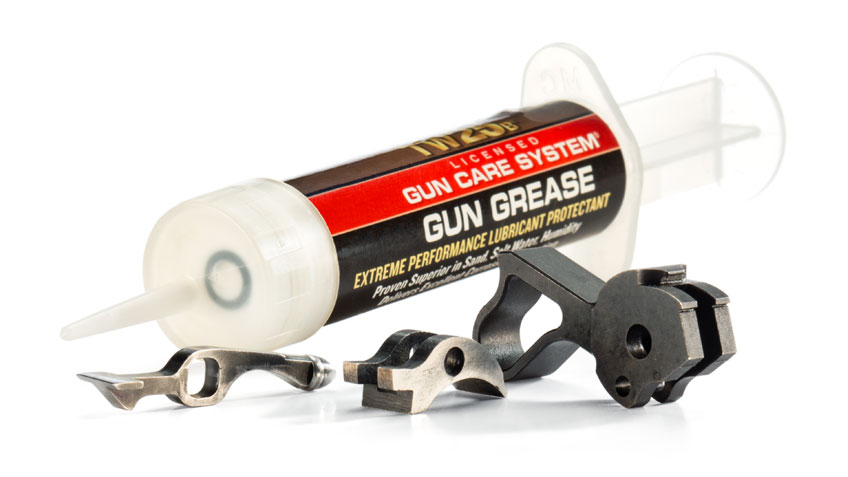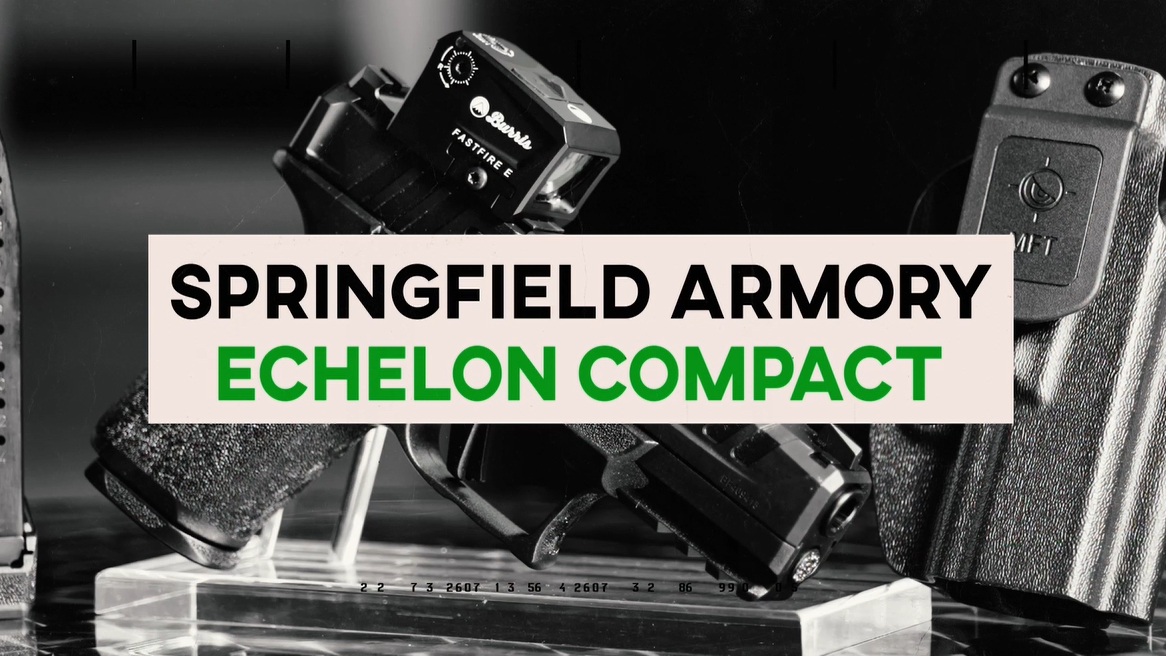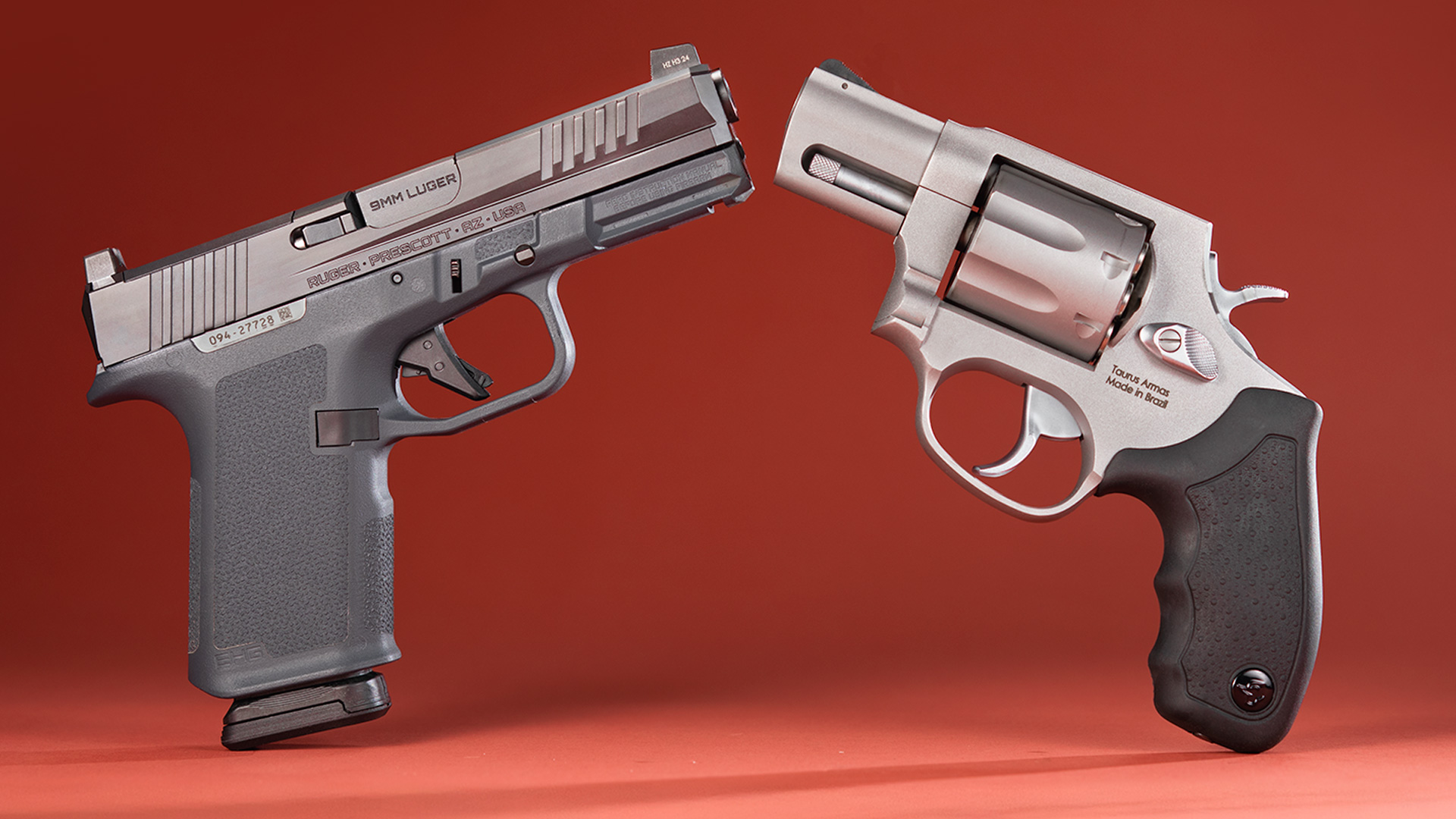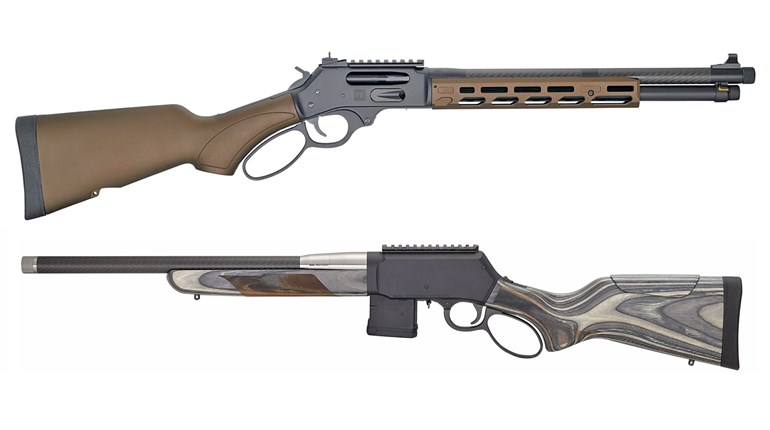
I’m new to shooting and just bought my first pistol. During my first trip to the range I let one of the staff members shoot the pistol because I wasn’t doing too well in hitting the target. He shot it much better than I did, but mentioned that the gun could use a trigger job which would help me hit my target more often. I didn’t want to seem stupid and assured him I would get one right away even though I didn’t have a clue as to what he was talking about.
What is a trigger job? What does it entail? Is this something that I can do after watching a video or two or do I need a qualified gun mechanic to perform such an operation?
Amanda Beach, Orlando, FL
A trigger job on a firearm can mean a lot of different things. In general, it means to improve the consistency of movement and feel of the trigger from initial contact with the trigger finger all the way through the release of the shot.
Trigger jobs are most often performed to lighten the amount of pressure required against the trigger to fire the gun. An effective and low-cost means of reducing trigger-pull weight is to detail disassemble the trigger and hammer or striker assemblies (as applicable to a particular firearm), thoroughly clean the parts and identify the friction surfaces that relate to the movement of the trigger to fire the gun. Once identified, an application of a high-quality lubricant such as MIL-COMM TW25B, which I consider a trigger job in a tube, or a similar material to those friction surfaces, will significantly reduce the required pressure against the trigger to fire the gun once properly reassembled.
Diving into a project without a good working knowledge of how the gun’s parts interact with one another can result in a dangerous outcome, regardless of how many videos you may watch. Having the proper tools to do the job is a consideration as well.
An additional step that may be taken is to replace the trigger-return spring and/or the mainspring, which powers the hammer or striker, with quality reduced-power springs available from the manufacturer or aftermarket suppliers. A word of caution when replacing springs is to test the gun with the ammunition to be used to verify satisfactory firing and function.
Although tempting to do, it is not a good idea to cut or modify the original springs in an effort to reduce trigger-pull weight.
The preceding methods work well in reducing trigger-pull weight, but are less effective in addressing roughness, grittiness or inconsistency in the movement of the trigger. On occasion, cleaning, proper lubrication or a parts replacement will turn out the desired results. However, should those efforts not provide the desired result, the next step is stoning, honing or smoothing the interfacing metal surfaces between the corresponding parts of the handgun’s fire-control mechanism.
The fire-control mechanism can be considered the parts that work together to indent the primer of the chambered cartridge when the trigger is pulled. Roughness in the trigger pull is most often dealt with by polishing the engagement surfaces of the hammer and the sear. Polishing is the operative word in that the removal of metal to change the angle or degree of engagement of these two parts can easily render the gun unsafe to fire or unreliable in its operation.
Burrs or rough spots on trigger bars, hammer struts, firing pin safeties—or any parts that move when the trigger is pulled—translate into roughness felt on the face of the trigger by the trigger finger. Removing the irregularities without changing the shape or function of the offending part or parts, enhances the feel of the trigger when firing the gun, dry or live.
The level of skill to accomplish any of the aforementioned requires at least a modicum of mechanical ability and escalates when parts are replaced, or metal is polished
or removed.
If there is any doubt, the job should be left to a qualified armorer or gunsmith familiar with the type of gun that needs a trigger job.





































